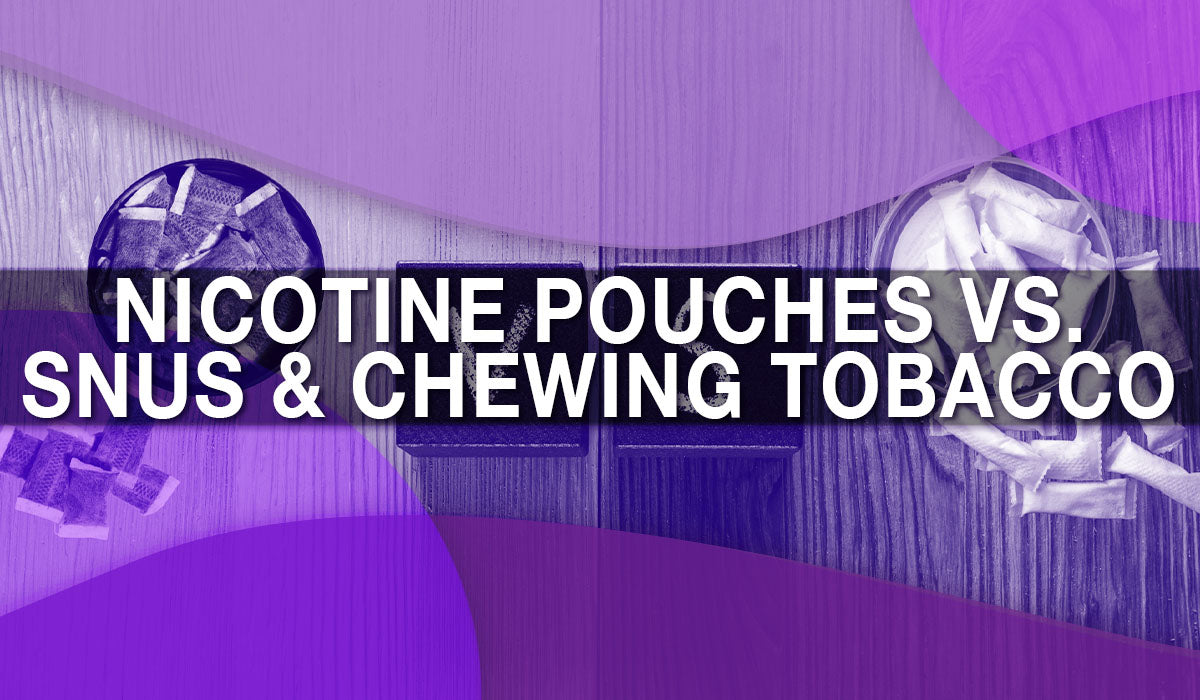
Nicotine Pouches versus Snus and Chewing Tobacco
You may be a veteran vaper, former smoker, or even an avid dipper yet have many questions about the differences between smokeless tobacco products and nicotine pouches. As far as use, all are tucked under your lip and the nicotine enters your bloodstream through oral mucosa.
But in terms of user experience, they are quite different products.
Smokeless Tobacco versus Nicotine Pouches
As defined by the FDA, Nicotine pouches are not smokeless tobacco. They contain no tobacco and their nicotine is not tobacco derived. They do not contain tobacco specific nitrosamines.
A 2016 study conducted by the Journal of Physiology and Biochemistry found both smoked and smokeless tobacco products contain tobacco specific nitrosamines. These exist even in unburned tobacco leaves because of curing, aging, and fermentation process. They are highly carcinogenic and regulated by the Food and Drug Administration.

Nicotine pouches use either powdered nicotine or cellulose (plant fiber) saturated with nicotine. They are consumed orally and come in various flavors, although there is not much to differentiate nicotine pouches in terms of appearance or use. Even the weave patterns appear similar between brands.
Smokeless tobacco products come in a wide variety of options. What they all have in common is that they are not burned and contain tobacco leaves. The CDC breaks smokeless tobacco into two basic categories: smokeless tobacco are chewing tobacco and snuff.
The best known alternative to tobacco-derived nicotine products are ZYN nicotine pouches. While Mi-Pod carries a wide range of products like ZIMO, Ammo, and NOAT we judge superior, we still offer ZYN for the adult vapor consumer seeking that specific product
Chewing Tobacco versus Snus
Chewing tobacco, classic dip, comes in the form of loose leaf, plug or twist. The leaf curing, cutting, fermentation, and processing are the source of the aforementioned nitrosamines. Processing may include adding sweetening and flavoring.

Snuff is finely ground tobacco. Some types of snuff are sniffed through the nose and inhaled. Others are placed in the mouth like chewing tobacco. The newest form is snus, which the CDC classifies as snuff.
Nicotine Pouches versus Snus

Snus comes in small bags that you place between your gums and lip. Each bag is filled with moistened snuff. It is the form of smokeless tobacco that most closely resembles nicotine pouches made by companies like Juice Head and Zyn. Snus is also “spitless”, although has a pronounced tobacco flavor. Juice Head for uses ZTN (Zero Tobacco Nicotine), a trademarked brand of zero-nicotine tobacco.

Nicotine pouches work similarly to snus but do not contain any tobacco and are not tobacco derived. This is crucial differentiator between dip, chewing tobacco, snus and nicotine pouches is the source of the nicotine.

To use, simply park the pouch in place and you are set. Many adults do not even take their pouches or snus out while consuming liquids!
Another major difference between nicotine pouches and snus is that tobacco imparts flavor in the latter. This provides more leeway for formulators to use food grade ingredients to provide flavors that adults fine appealing.
What Is In a Nicotine Pouch?
Of course, Snus being a tobacco product is manufactured by Big Tobacco. Many brands of nicotine pouches have cut the cord entirely with non-tobacco nicotine. Other than not being made from tobacco, nicotine pouches have several other distinguishing traits.
Cellulose is the main, if not active, ingredient in nicotine pouches. Nicotine is of course the active ingredient but cellulose makes up the bulk of nicotine pouches as both the delivery pouch and as the filler within.
The other ingredients include flavoring, a pH modifier to enhance absorption, and other ingredients to improve shelf stability. These are off the shelf consumable ingredients found in baked goods, salad dressings, and sundry grocery store items.
Snus may be spitless and flavored, but the flavor is still dominated by tobacco. Juice Head has surged in popularity because of their fruit-forward line of alternative nicotine pouch products.
Synthetic Nicotine versus Tobacco Derived Nicotine
The biggest edge that nicotine pouches have over snus is provided by the use of synthetic nicotine.
The BMC Chemistry Journal conducted studies on two commercially available nicotine pouch products and compared them with regular smokeless tobacco and pharmaceutical grade nicotine replacement therapy (NRT) products.
No nitrosamines were found in the nicotine pouch products (Zyn) or the NRT (lozenges and gums) that they tested. Overall, the number of harmful and potentially harmful constituents were similar between the nicotine pouch and nicotine replacement therapy products.
Certainly, no one who does not already vape or smoke should use nicotine pouches, but they are not currently under the FDA’s watchful purview because they contain no tobacco specific nitrosamines.

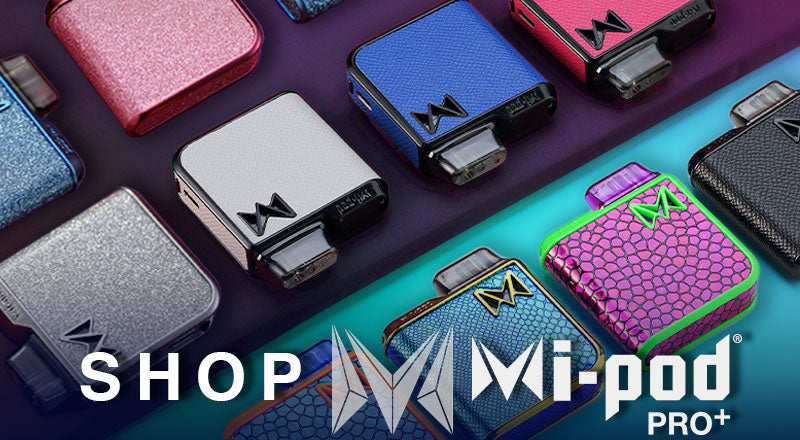
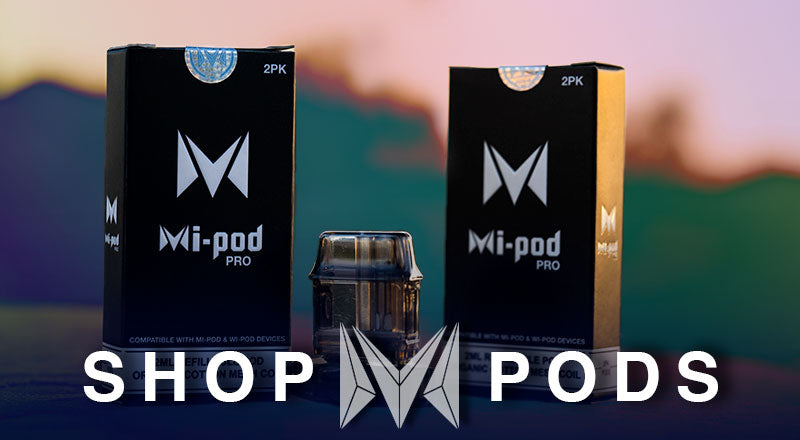
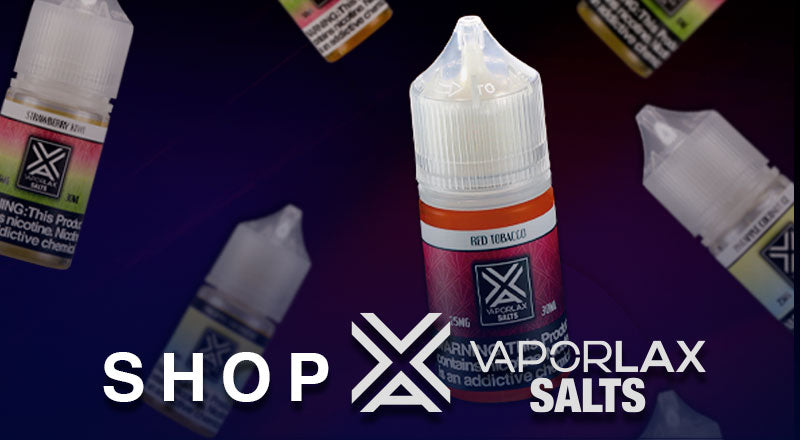
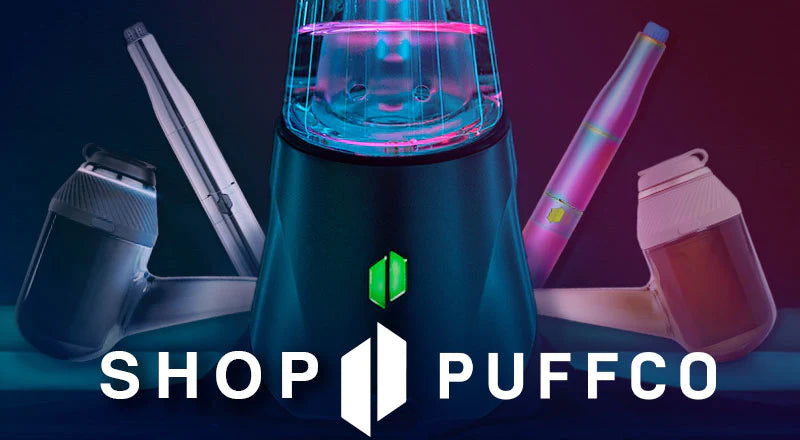
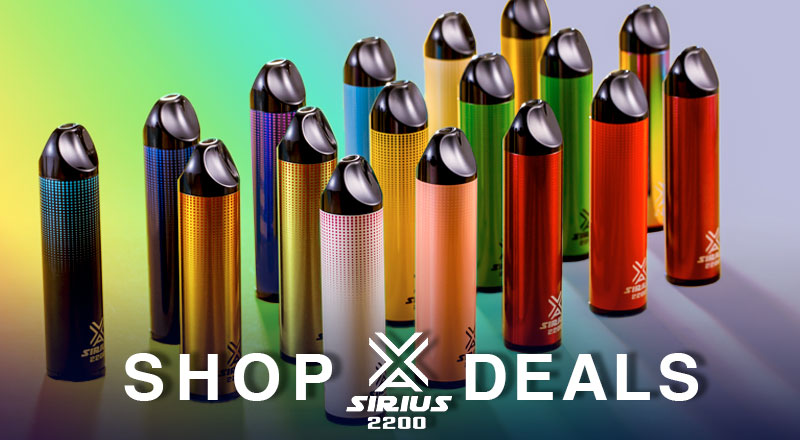


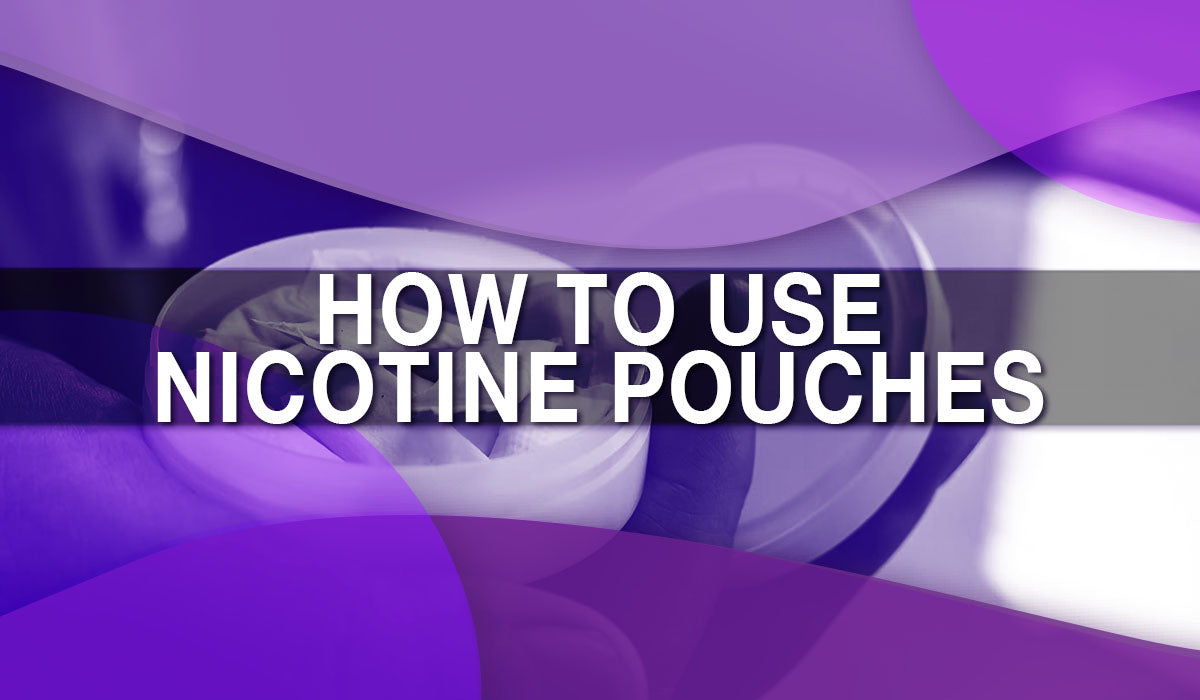

Leave a comment
This site is protected by hCaptcha and the hCaptcha Privacy Policy and Terms of Service apply.